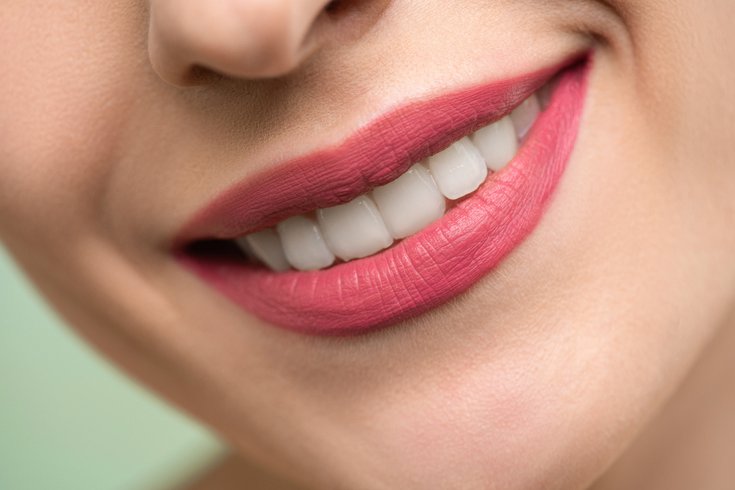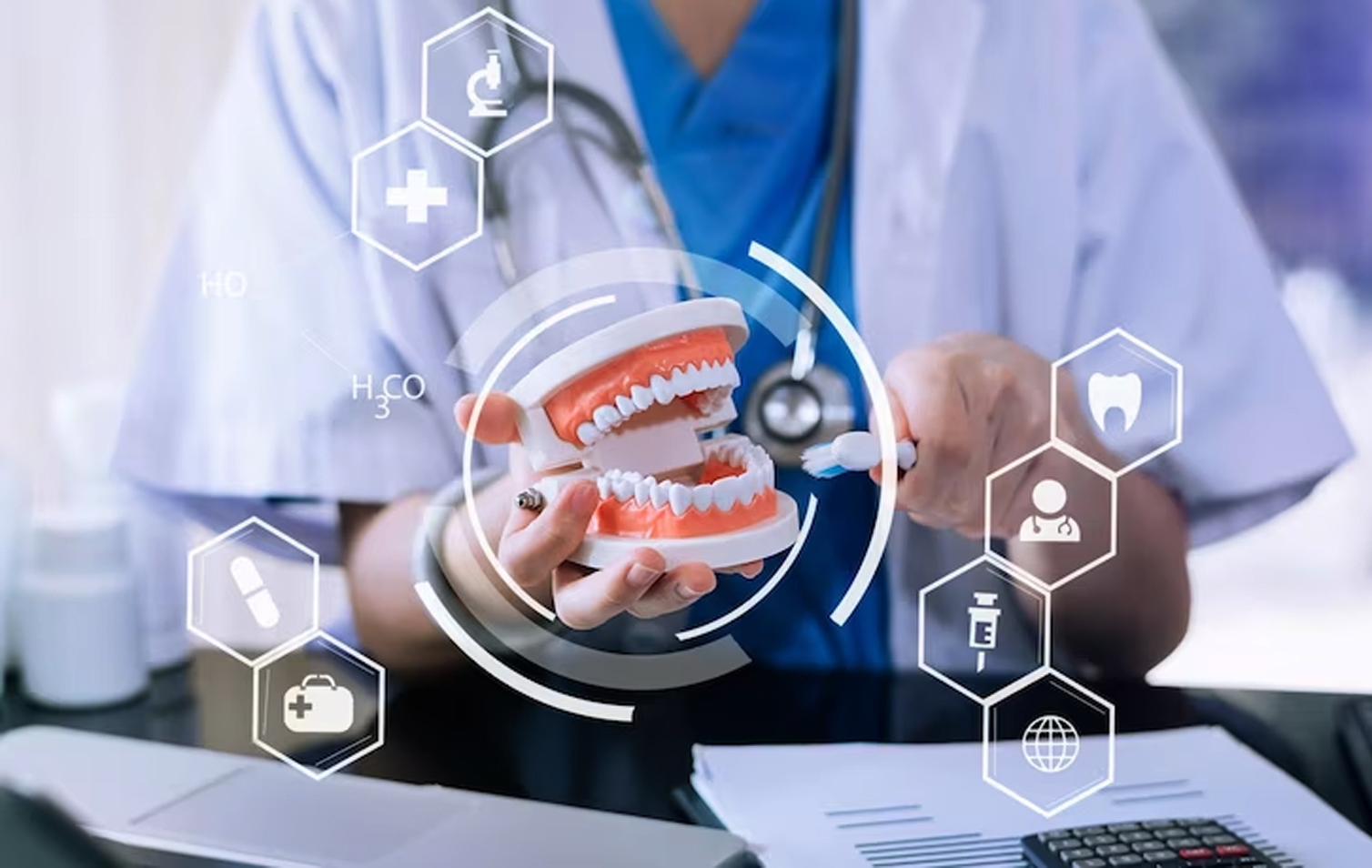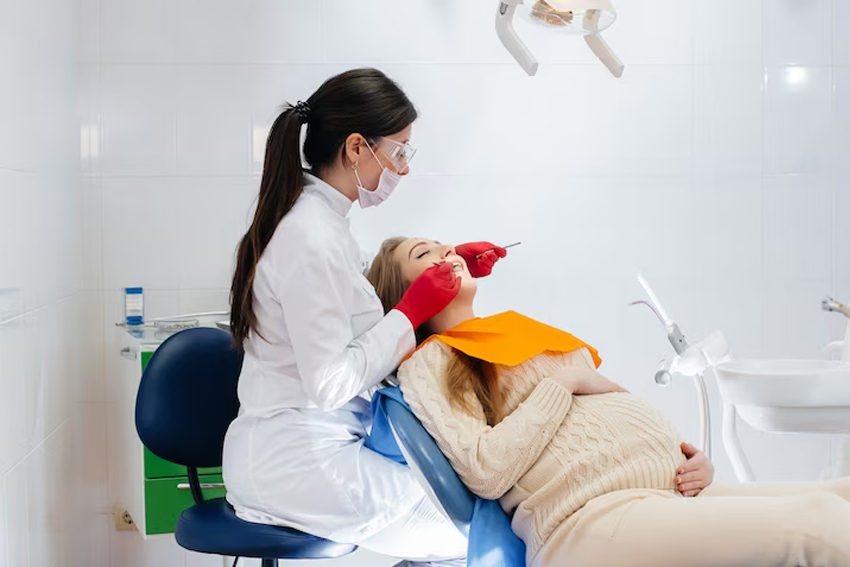A hands-free toothbrush, as the name suggests, is a toothbrush that eliminates the need for manual brushing. It utilizes advanced technology to automate the brushing process, allowing users to achieve a thorough clean without actively moving the toothbrush.
Benefits
The hands-free toothbrush offers several benefits to users. Firstly, it saves time and effort by eliminating the need for manual brushing. Users can simply activate the device, and it will do the brushing for them. Additionally, it ensures consistent and precise brushing techniques, reducing the risk of improper oral care. Moreover, it is particularly useful for individuals with limited mobility or dexterity issues, making oral hygiene accessible to a wider range of people.
The UPenn Team’s Development
The UPenn team responsible for this groundbreaking invention has invested years of research and development to bring the hands-free toothbrush to life. The team, consisting of engineers, dentists, and technologists, combined their expertise to create a device that not only automates brushing but also enhances oral health.
How Does the Automated Toothbrush Work?
Technology Behind It
The automated toothbrush relies on cutting-edge technology to ensure effective cleaning. It incorporates advanced sensors, artificial intelligence, and robotics to mimic the brushing technique of a skilled dentist. These components work together to deliver precise movements and optimal pressure, providing a thorough clean in every session.
Features and Functionality
The hands-free toothbrush is designed with user convenience in mind. It typically comes in the form of a compact device that can be easily mounted on bathroom surfaces. Users can activate the toothbrush using a simple control panel or even through voice commands. The device then moves the brush head in a systematic manner, covering all areas of the mouth and ensuring each tooth receives adequate attention.
The Advantages of Using a Hands-Free Toothbrush
Improved Oral Hygiene
By automating the brushing process, the hands-free toothbrush ensures a consistent and thorough clean. It minimizes the chances of missing spots or using improper techniques, resulting in improved oral health.
Time-Saving
The automated toothbrush drastically reduces the time required for brushing. Users can simply set it in motion and carry on with their daily activities while maintaining oral hygiene.
Accessibility
Individuals with physical limitations or disabilities often face challenges when it comes to brushing their teeth. The hands-free toothbrush offers a solution by making oral care more accessible to everyone, regardless of their mobility or dexterity.
Potential Drawbacks
Although the hands-free toothbrush presents numerous advantages, it’s important to consider potential drawbacks. Some users may find it challenging to adapt to the automated brushing experience, especially if they are accustomed to manual brushing techniques. Additionally, the initial cost of the device may be higher compared to traditional toothbrushes, making it less affordable for certain individuals.
Consumer Feedback and Reviews
Since the introduction of hands-free toothbrushes, many consumers have shared their experiences and opinions. While some have embraced the convenience and effectiveness of these devices, others prefer the traditional manual approach. It’s crucial for potential users to consider various reviews and feedback to make an informed decision based on their own preferences and needs.
Future Implications and Possibilities
The development of a hands-free toothbrush marks a significant milestone in oral care innovation. As technology continues to advance, we can expect further enhancements and refinements in automated toothbrushes. This breakthrough paves the way for potential integration with smart home systems, personalized brushing programs, and even real-time monitoring of oral health.
The introduction of a hands-free toothbrush by the UPenn team represents a remarkable advancement in oral care. This automated device provides a convenient and efficient solution for maintaining oral hygiene. While it offers numerous benefits such as improved oral health, time-saving, and accessibility, it’s essential to consider individual preferences and adaptability. The hands-free toothbrush is a promising innovation that has the potential to revolutionize the way we approach oral hygiene.




